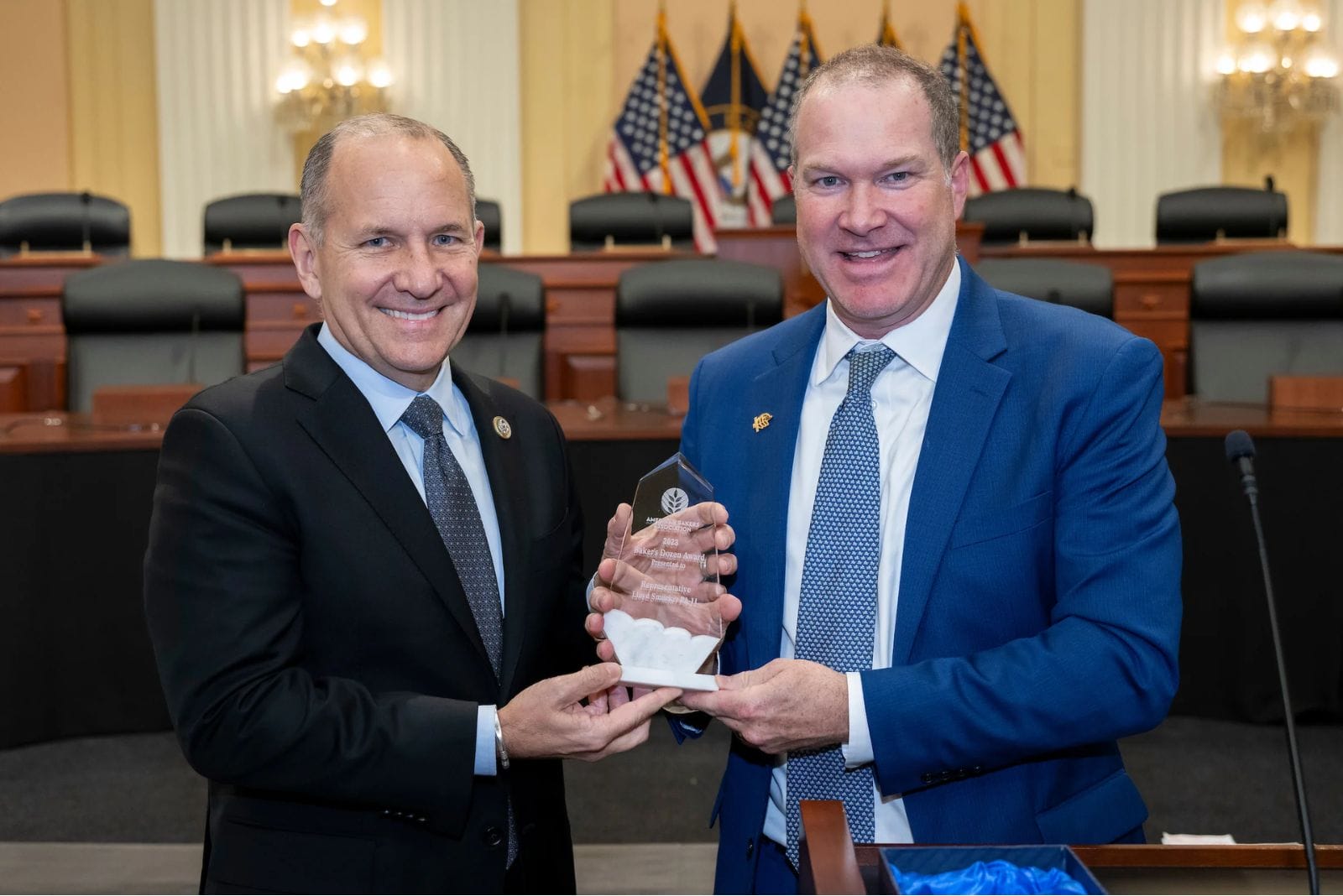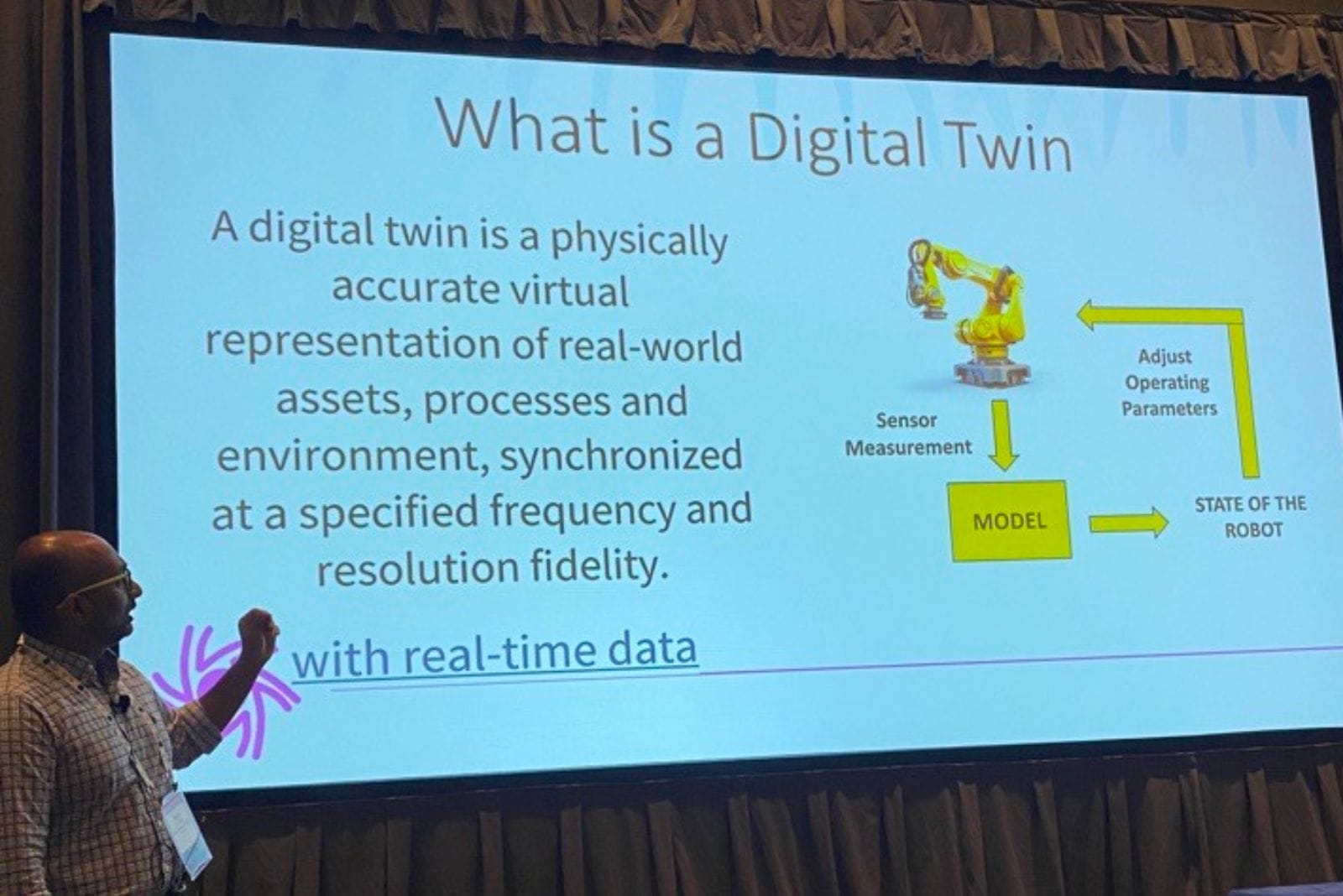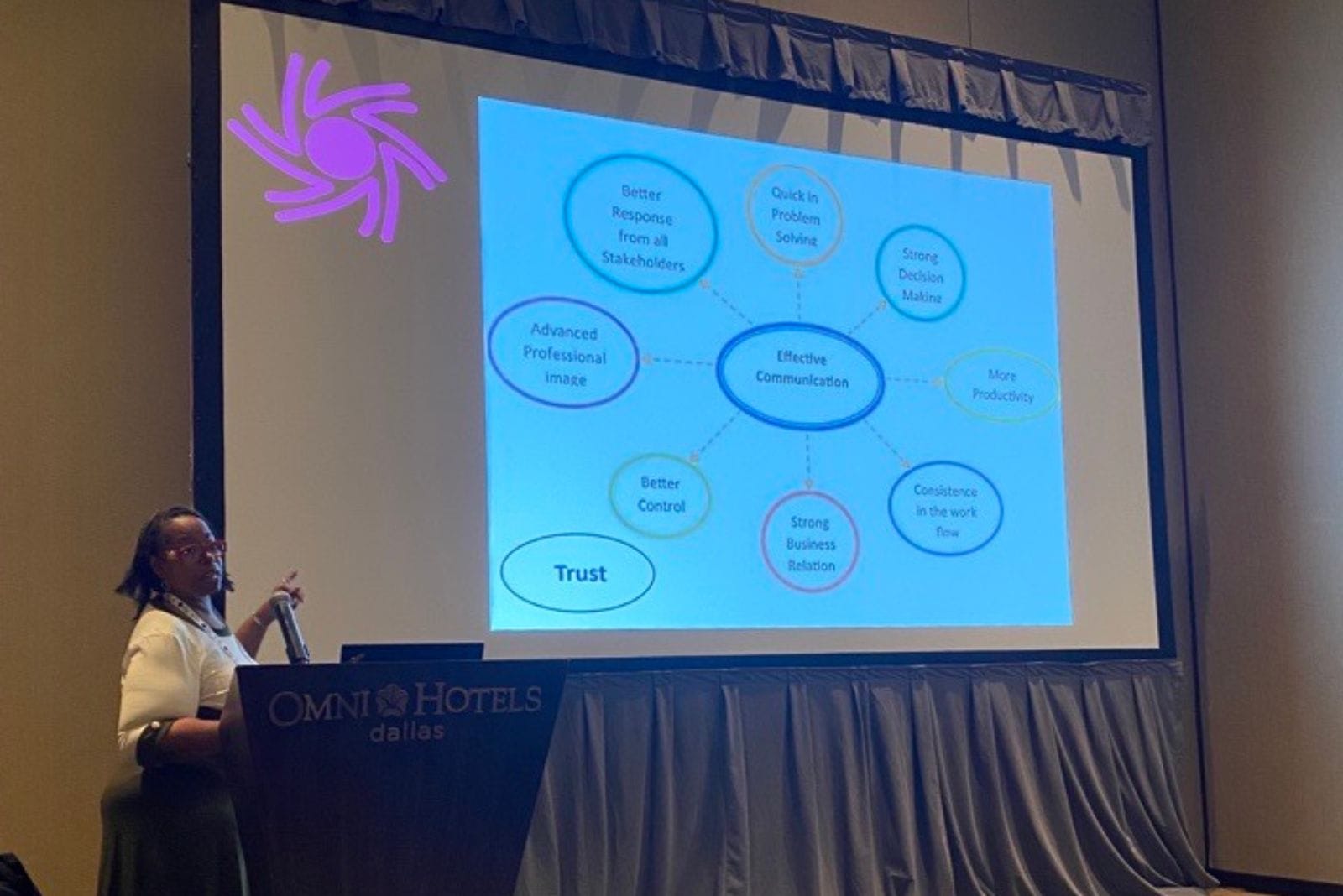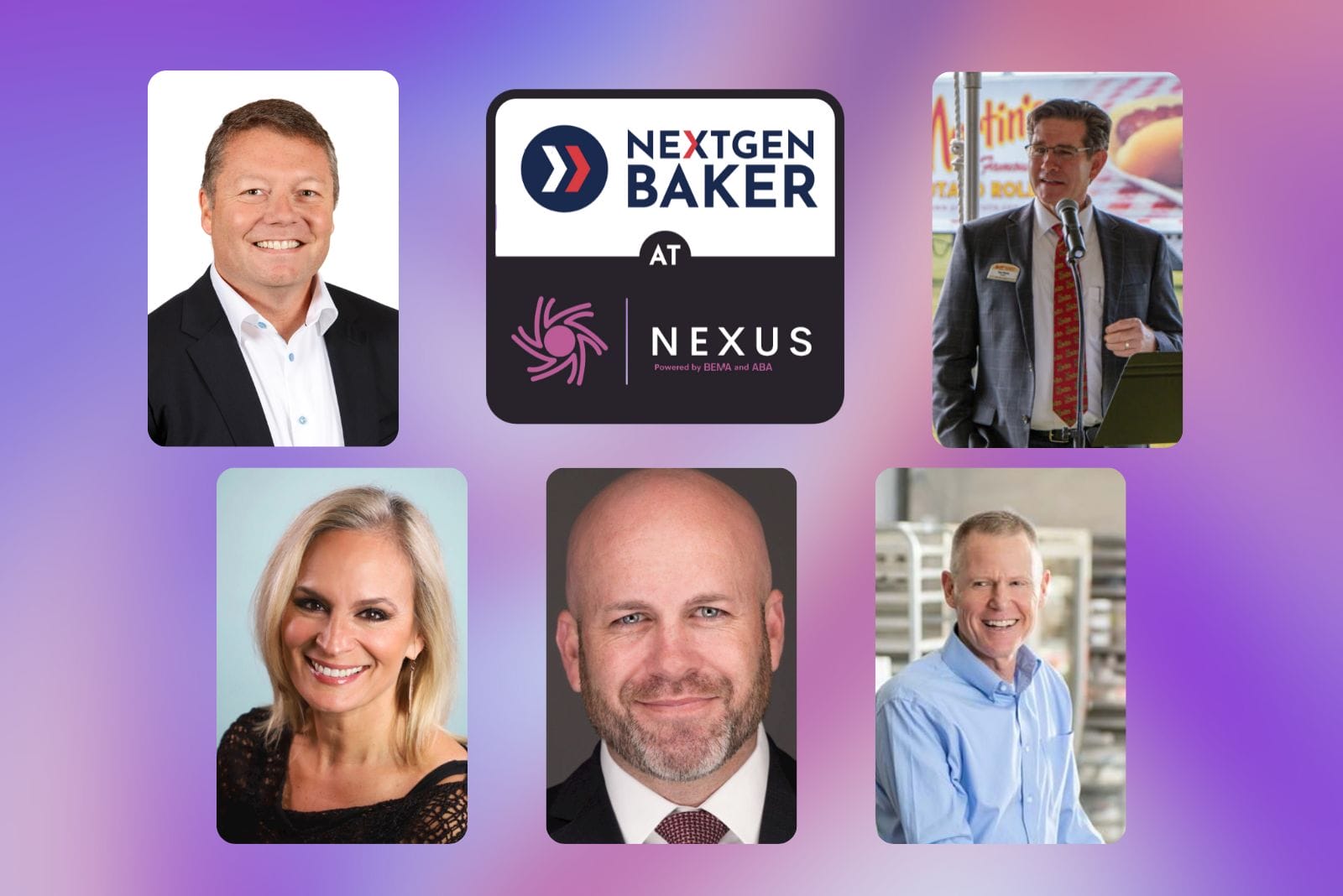DALLAS — The benefits of deploying a digital twin was one technological showcased during an education session at NEXUS, powered by BEMA and the American Bakers Association (ABA) and held September 25-28.
Binil Starly, a professor at the School of Manufacturing Systems and Networks at Arizona State University, led a session titled Building a Digital Twin for a Food Processing Facility during the inaugural event.
A digital twin, Starly defined, is a physically accurate virtual representation of real-world assets, processes and environment, synchronized at a specified frequency and resolution fidelity with real-time data.
When it comes to making the decision to integrate a digital twin into a manufacturing process, companies need to identify a use case for the technology.
“You could run into problems even in this step alone because you might develop a use case, a great pilot, but then it doesn’t go anywhere,” Starly said. “This has to be aligned to what the digital strategy for the organization is. If you can identify the use case that aligns with that, you can make the use case even better.”
Asking — and answering — three questions can help companies identify a use case for digital twin technology:
- Why does the company needs this technology?
- What current problems could a digital twin address?
- In which area of the organization would it make the most sense to deploy a digital twin?
“[The use case] has to be aligned to what the digital strategy for the organization is. If you can identify the use case that aligns with that, you can make the use case even better.” — Binil Starly | professor at the School of Manufacturing Systems and Networks | Arizona State University
Once the use case is identified, the next step is to evaluate data streams and identify how to collect the necessary data. When there is an abundance of data available, knowing which data to collect, which data needs to be collected manually, how data should be stored and accessed, and how it can address the use case are key considerations.
“At a very simple level, there needs to be some sort of mechanism for you to collect the data from all of these assets,” Starly said.
Building a core team is the third step and one of the most critical when it comes to building a digital twin. Roles needed on a digital twin team, whether recruited internally or in partnership with other companies, include process engineers, technologists, user interface/user experience developers, development operation/IT engineers, artificial intelligence/machine learning engineers, and digital twin visualization specialists like 3D modelers.
“Having this core team … of four to five members is more than enough to start up a use case,” Starly said.
Step four is presenting and communicating the value of a digital twin to key stakeholders. Presenting information such as how to measure the impact of the technology; the costs, impact and scalability of the technology; and sharing best practices for digital twins can allow the tech to evolve past the pilot stage.
Following this communication, the final step is redefining the value position and re-evaluating the strategy.
“You might have to rethink your use case and even redefine what the value of the digital twin is,” Starly said.
For example, even if the digital twin’s initial use case was centered on predictive maintenance, a re-evaluation may reveal that it makes a stronger training tool instead. If the use case is unsuccessful or the digital strategy is not coherent enough, manufacturers can step back and try again.
Deploying a digital twin in the food manufacturing space, though challenging, can reap benefits such as reducing downtime and costs, making more efficient use of material and energy, and creating remote training opportunities and ‘what-if’ scenarios based on historical real-time data.












